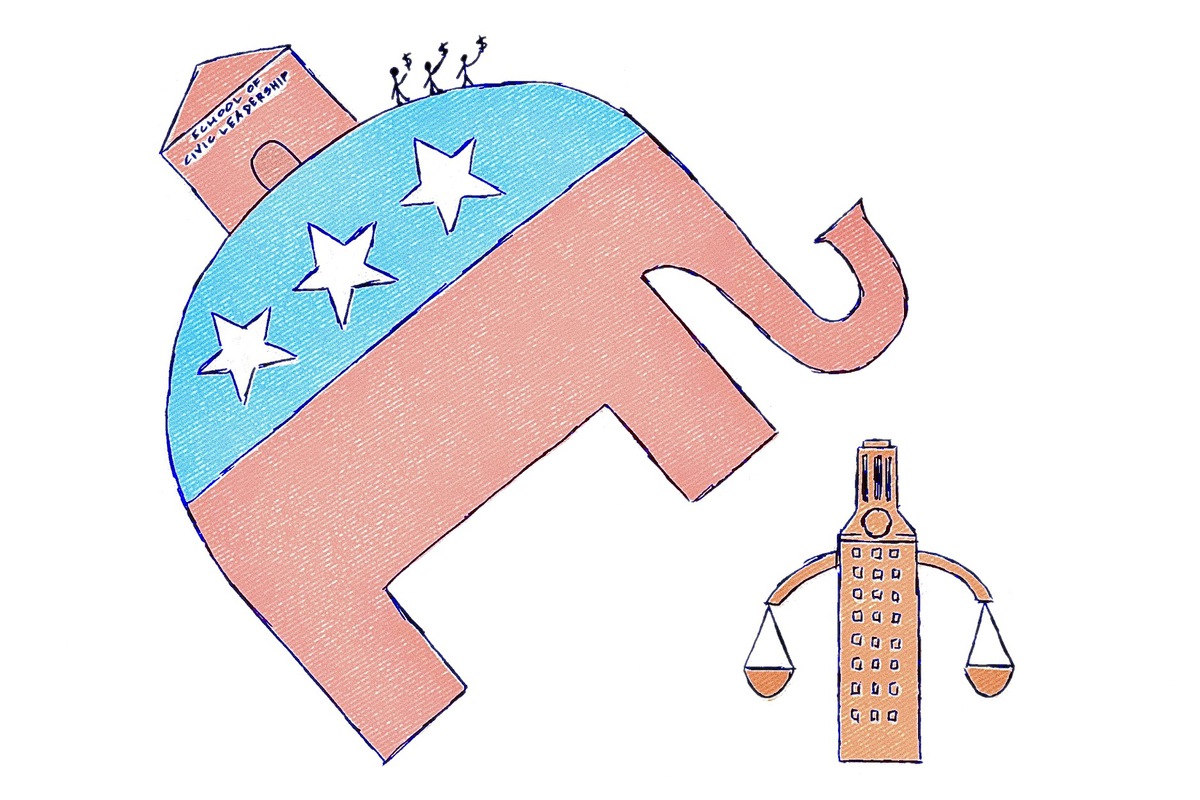On Oct. 6, the Supreme Court will hear Abigail Fisher’s challenge to UT’s undergraduate admissions policy. Fisher objects to UT’s consideration of the race of applicants who fail to gain automatic acceptance through the Top 10 Percent rule. By doing so, Fisher alleges, UT violates her constitutional rights to equal protection. A 21-year-old white woman, Fisher, now a senior at Louisiana State University, applied unsuccessfully to UT in 2008. Then, as a Sugar Land high school student, she earned a grade point average that put her in the top 11 percent of her class. UT and its admissions policy will come under national scrutiny. The court will evaluate the intricacies of how UT students gain admission.
Between now and Oct. 6, we are seeking submissions from students and others who want to share their own experiences that will add new perspective to the arguments the case has raised.
Because the Fisher case will reflect on UT students, they should know the following:
• Fisher contends UT discriminates against Asians and white applicants, who are not underrepresented minorities and therefore have a lower chance of admission than non-top 10 percent applicants who are black, Hispanic or Native American.
• Fisher has not asserted a class action claim so she is asking the court to determine only what damages she suffered, as an applicant in 2008, not what all the rejected UT applicants in subsequent years have suffered. Rachel Michalewicz, another rejected UT applicant, who initially filed the suit as a co-plaintiff with Fisher, dropped out of the litigation.
• UT contends all that Fisher should gain if she prevails is the $100 housing deposit and application fees she paid.
• Fisher alleges she lost more, including in-state tuition discounts and her constitutional rights.
• A 2003 Supreme Court case remains key to understanding the Fisher arguments. In that case, the court ruled against Barbara Grutter, a white woman denied admission to University of Michigan Law School and approved limited use of race in admissions to “further a compelling interest in obtaining the educational benefits that flow from a diverse student body.” In response, UT began to use race in its admission considerations of non-top 10 percent students like Fisher in 2004. Long before Fisher, though, UT, race, and admission policies drew national attention.In 1940s the UT School of Law denied Heman Sweatt admission because he was black.
When Sweatt sued, alleging that UT failed to provide equal facilities (at the time there was no black law school at the University), UT hurried to open a black law school in Houston to meet Sweatt’s demands. But the U.S. Supreme Court unanimously ruled in 1950 that the newly created law school was unequal to UT’s.
Roughly fifty years later, the Supreme Court refused to overturn a lower court’s ruling in favor of Cheryl Hopwood, a white woman who alleged that affirmative action policies at the UT School of Law violated her constitutional rights. By refusing to hear the case, the court effectively barred what was then UT’s affirmative-action practices. In response, to maintain and achieve further diversity on campus, the Texas State Legislature passed the Top 10 Percent law in 2007.
Throughout that history, UT students have voiced their views about the courts, race and admissions. During the Sweatt trial, then UT student body president Jim Smith led some 2,000 who gathered to protest the black man’s rejection. Supporters of UT’s discriminatory policy had predicted the white law school would ostracize Sweatt if he gained admission. But Smith told the crowd, “Heman Sweatt is my friend now, and he will be my friend after he is admitted to the University of Texas!”




















